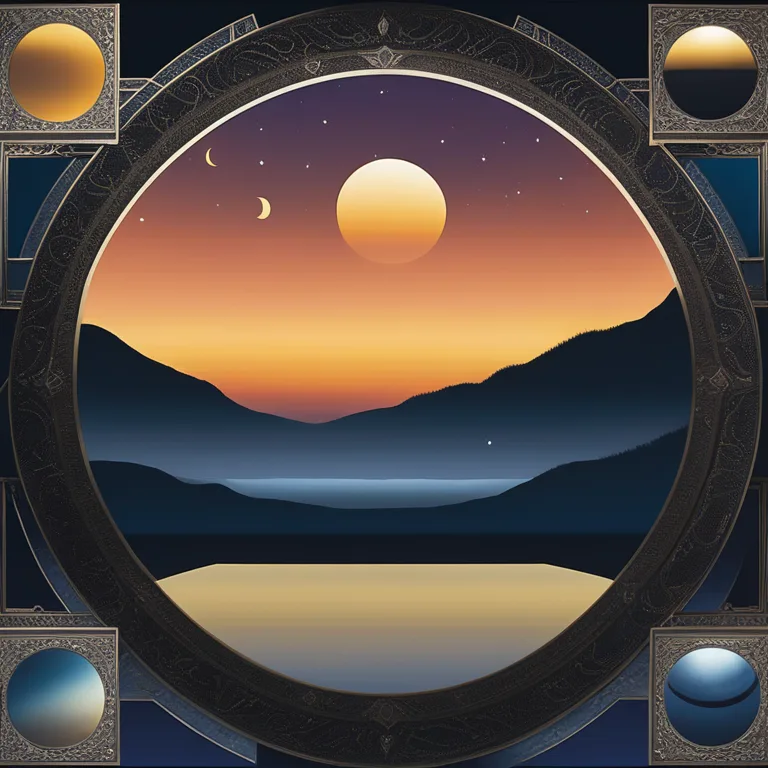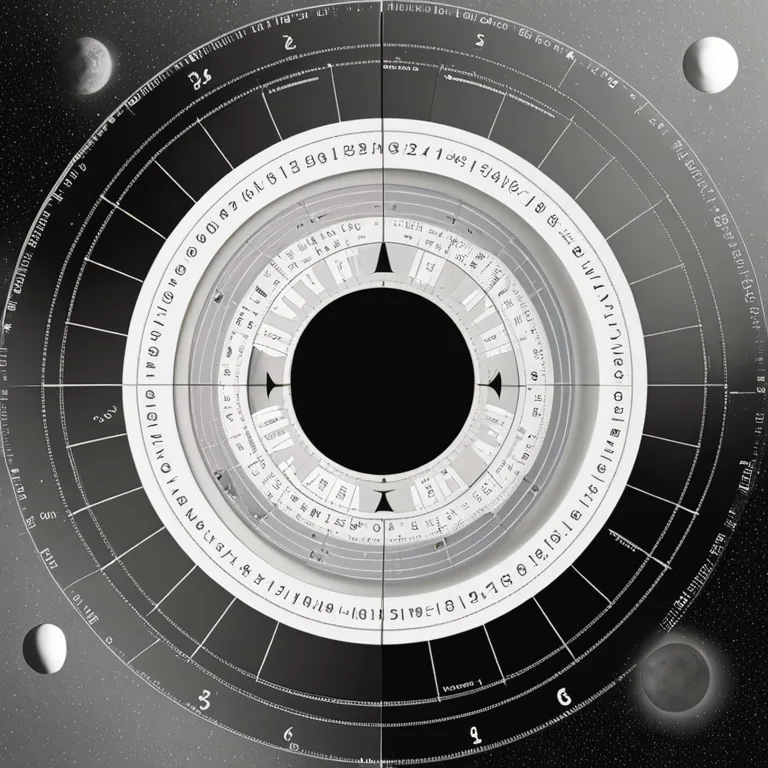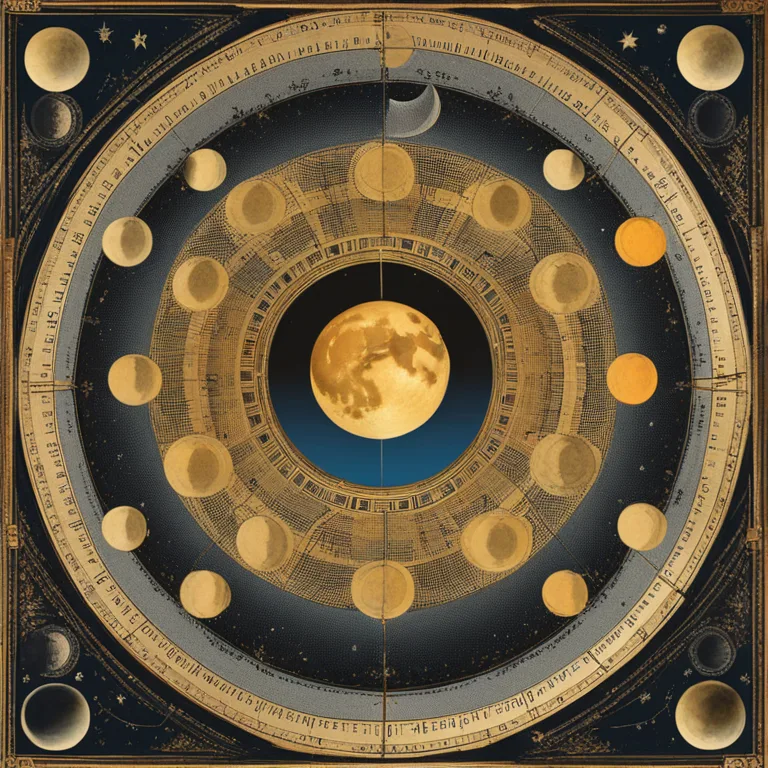
The Lunar Cycle: A Guide to Moon Phases
Discover the celestial mechanics behind the moon phases and their influence on astrology and biorhythms.
article by Priya Deshmukh
Introduction to Moon Phases
The moon's journey around Earth is the primary cause of its changing phases. This celestial dance between Earth and its sole natural satellite creates the waxing and waning appearances that have fascinated humans for millennia. As the moon orbits our planet every 29.5 days, the angle at which sunlight hits it changes, revealing different portions of the moon's surface to observers on Earth. Each phase of the moon—new, waxing, full, and waning—holds unique astrological significance, playing a pivotal role in shaping the horoscope and compatibility interpretations for the years 2024 and beyond.

New Moon to Full Moon: The Waxing Phase
The lunar cycle begins with the new moon, a time traditionally associated with new beginnings and personal growth. As the moon moves from the new to the first quarter phase, we observe a waxing crescent in the night sky. This period marks a perfect time for setting intentions, according to astrological practices. Progressing through the first quarter, anticipation builds as the moon transitions into a waxing gibbous, inviting us to refine and focus on the goals set during the new moon. Finally, the cycle crescendos with the full moon, an emblem of manifestation and clarity. Astrologically, it's a period when emotions run high, and biorhythms may experience a peak in intensity.

Full Moon to New Moon: The Waning Phase
After the full moon reaches its zenith, the waning phase commences. It starts with the waning gibbous, signaling a time to give thanks and reflect on achievements. The third quarter moon, following the waning gibbous, encourages release and forgiveness. It's an auspicious period for letting go of what no longer serves us, be it in personal relationships or outdated goals. As the moon dwindles to a waning crescent, the cycle prepares to renew, symbolizing completion and rest before the next new moon. Astrologically, this phase is conducive to introspection and healing, as biorhythmic energies wane toward recuperation.

The Moon's Role in Astrology and Biorhythms
Each moon phase exerts a profound influence on astrology and biorhythms. Astrologers in 2024 analyze the moon's position to predict emotional tides and life events. The new moon, for instance, might indicate favorable moments to embark on ventures, while the full moon could highlight turning points or culmination in personal affairs. Biorhythms, the supposed cycles of physical, emotional, and intellectual faculties, are said to synchronize with lunar cycles, affecting our well-being and decision-making. While scientific consensus remains skeptical on biorhythms' validity, enthusiasts draw parallels with lunar patterns to maximize life's opportunities.

Celestial Predictions Beyond 2024
Looking ahead, celestial movements provide a treasure trove of insights for astrology and biorhythm enthusiasts. Future forecasts will rely on the understanding of moon phases to guide individuals in their daily lives. Not only do the phases of the moon offer a stunning visual spectacle in the night sky, but they also fuel horoscope predictions that foresee challenges, triumphs, and transformations. Embracing the lunar cycle is thus an essential practice for those seeking harmony with the cosmos and within themselves.
Published: 12/22/2023
Modified: 12/22/2023
More predictions
Come back here soon to learn more about yourself and your future


Moon Phases and Their Impact on Relationships
Explore how the lunar cycle influences romantic partnerships and the meaning behind each moon phase in love.


2024 Moon Calendar Insights
Discover the influence of lunar cycles in 2024 with our detailed Moon Phase Calendar, your celestial guide for timing and astrological planning.


Soulmate Connections & Moon Phases
Discover how moon phases influence your search for a soulmate and deepen your connections.